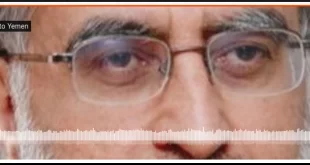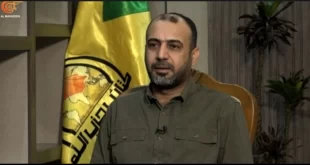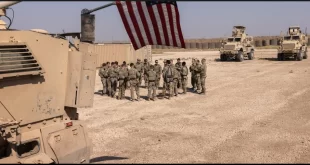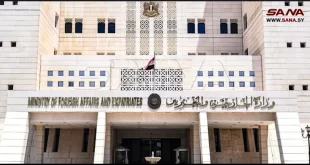The following article, by Steven Sahiounie, was originally published at Global Research:
There are spies among the Jihadis in Idlib. Movements, storages and plans are well known to the Syrian Arab Army (SAA) and their Russian allies. Recently, the Russian Defense Ministry warned that European intelligence agents were inside Idlib, and planning a chemical attack, which would be blamed on the Syrian and/or Russian military. The professional video troupe, The White Helmets, is also present ready to begin their upcoming role in the drama. French and Belgian agents inside Idlib were observed by informants in their midst, though the French Foreign Ministry accused Russia of lying.
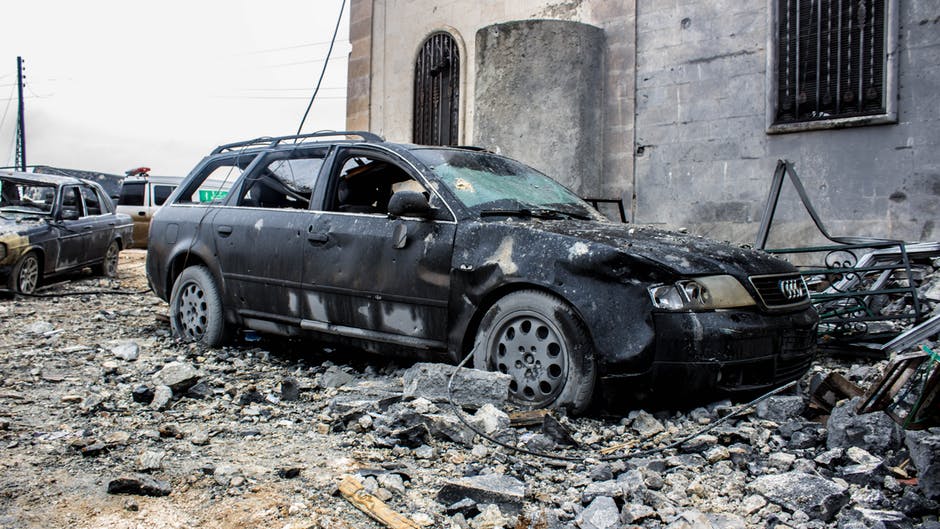
When the battle to free East Aleppo was over in December 2016, the civilians came streaming out, and the next task was to interview them to determine who was an innocent civilian, and who had actually been a terrorist, but had not managed to escape. Under-cover informants were able to identify the innocent from the terrorists. Time and time again, from battle to battle, valuable information was leaked to the SAA through their vast network of informants on the ground, behind enemy lines, among the terrorist groups they were fighting.
Ever since the war began in 2011, chemical weapons use, or merely the threat, has played a role. Syrians watched videos made in 2012 by terrorists in which rabbits were killed with chemicals, in an effort to scare the civilian population, and it worked. People were scared, and the fear was coming from the Turkish border, as the chemicals in the video were clearly made in Turkey. In March 2013, Khan al Assal was attacked by chemical weapons. The dead were 25 civilians and 16 SAA soldiers guarding the town after a previous terrorist attack.
The live TV coverage of the hospital with the gasping victims, and the dead in a local hospital shocked Syrians nationwide, while the Syrian deputy foreign minister, Faisal Meqdad, said Syria would file a protest with the U.N. Security Council, which was followed up by requests by the Syrian government for UN investigators to come and inspect the crime scene and victims. The UN repeatedly stalled citing security concerns, finally in August 2013 the team arrived in Damascus, but before they could begin a new chemical attack happened, and the video caused outrage around the world, as viewers were convinced the Syrian government had used sarin gas on hundreds of civilians.
There were skeptics, who wondered why the Syrian government would repeatedly plead for UN investigators to come and see Khan al Assal, and just as the UN arrives after months of delay, the same government would use chemicals right under the noses of the UN inspectors? In the science of criminal investigation, the first question the UN investigators must ask is: “Who will benefit from this crime?” Obviously, the crime benefitted the terrorists. They had made a priceless video, uploaded to the internet, and made available free of charge globally. News media from the four corners of the world were showing it repeatedly. By watching it over and over, the audience was convinced they knew the culprit, though no evidence was ever supplied. Even US Secretary of State John Kerry, without any fact based evidence cited, said it was evident from the video that Syria was to blame.
Snap judgments based on amateur videos became routine in Syria. Yahya Ababneh was on the ground in Damascus just days after the event, and interviewed armed men fighting the Syrian military. Named eye witnesses told about chemicals coming in from a Saudi Arabian, but without proper instructions on how to deal with, or use them. Jibhat al Nusra, the Syrian branch of Al Qaeda, tasked their allies in the Free Syrian Army in the handling and use of the chemicals, which resulted in deaths of terrorists as well as civilians.
President Obama had stated the use of chemicals in Syria was a red line. His threat was aimed at the Syrian government, and the terrorists who were supported by the US saw this threat as their ‘green light’. The red line threat gave birth to the strategic and repeated use of chemicals by the terrorists as a tool which would be used to punish the Syrian government, and could have potentially brought US-NATO military intervention into Syria. The terrorists, and their military advisers in NATO, and the Arab Gulf, used chemicals when they faced defeat. When the Syrian forces, and their allies, were in a strong position they would pull the chemicals out of their bag of tricks, knowing that it would always be blamed on the Syrian side.
In the current situation in Idlib, the terrorists of Jibhat al Nusra face certain military defeat. They are a hated group in Syria, and are recognized internationally as terrorists. It would appear no one loves them; however, the US-NATO war machine that started the war in 2011 is not ready to let them be exterminated by the Syrian-Russian forces. The strategic use of a chemical incident in Idlib now could serve to stop the seemingly certain progress of a military victory in Syria. That is the US-NATO goal: they know they can no longer win the war, unless they were to conduct a full-scale invasion, which would bring them face to face in confrontation with Russia, so instead they stop the progress of the war, and deprive their enemies of victory.
Former Sec. of State John Kerry always referred to Plan B, though he never explained exactly what it was. Idlib hangs in the balance, and is the last jihadist occupied territory in Syria. Is the possible upcoming staged chemical event Plan B?
 Syria Support Movement solidarity with the Syrian people
Syria Support Movement solidarity with the Syrian people

